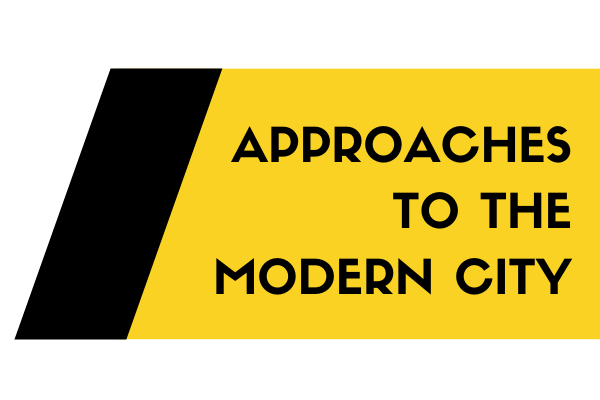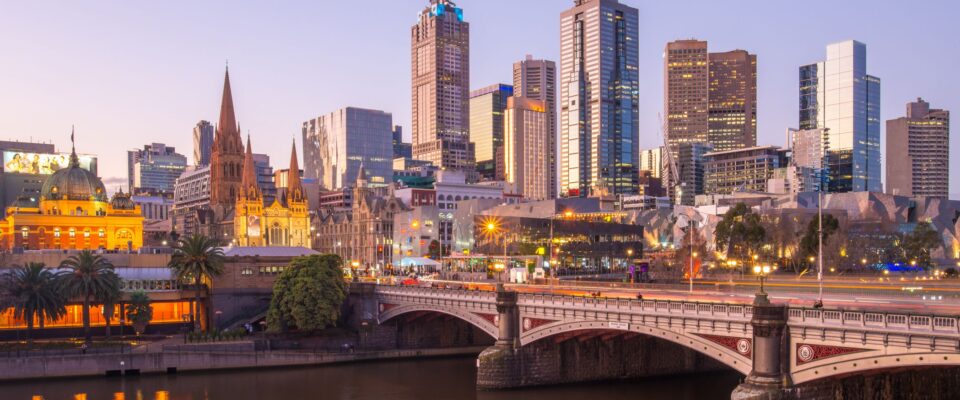by Luan Tian
I spent my formative years growing up in Melbourne, so the city serves as a comparative benchmark by which I evaluate the range of my urban encounters. For example, I prefer London to New York because the concert halls and galleries in South Bank remind me of Melbourne’s own South Bank while the hole-in-the-wall bars and restaurants in East London seem more familiar than those in the West Village or Tribeca. Over the past four years in the U.S., I have had to constantly explain to others what is appealing about a city tucked away at the bottom of the globe, a city whose name is not pronounced “mel-BORN”. As these experiences accumulated, I noticed a pattern in my defence: I would always begin with some advertising tagline capable of capturing some attention—“Melbourne was the world’s most liveable city for seven years in a row according to The Economist”, “Melbourne hosts a Grand Prix and a Grand Slam”, “Melbourne has the best coffee in the world”, etc. On the one hand, I was unsatisfied with this approach, since a major city cannot be reduced to a few definitive statements. On the other hand, the city itself, including its local government, businesses, and residents, is perhaps most guilty of recruiting one-liners to sell itself to the international community.
Upon this thought, I am reminded of the way James Joyce described Dublin in “After the Race”, as a city wearing “the mask of a capital”. While Melbourne too possesses a colonial history, the violent origins of Australia’s settlement, along with narratives of brave frontiersmen conquering so-called terra nullius, have been submerged in the city’s consciousness by laneway graffiti, latte art, and avocado toast. The latter, after all, functions as currency in a modern-day inter-urban competition. An obvious question thus arises: how did Melbourne get here, to a position where it seeks to become a cultural and economic “capital” (mask or no mask) of the world? Without going so far as to say that Melbourne’s self-image is fabricated or purposefully insincere, I directed my research and reports to exploring the historical process through which Melbourne first emerged from a colonial outpost into global consciousness, and subsequently pursued a course to becoming an attractive city by international standards. The first report, on wartime immigration, situates Melbourne’s urban development in the global context of 20th century human disasters. Whereas the theatres of war witnessed tremendous urban destruction, Melbourne by contrast was reinforced as a site of refuge. The extent of war, embroiling many countries, resulted in a diversified demography of asylum seekers, which remade metropolitan Melbourne from an embodiment of “White Australia” into a pocket of cosmopolitanism on a vast, mostly uninhabited, continent. If the first report reveals macro-level, historical forces that opened up Melbourne, the second report on tourism and urban branding identifies the state and city governments as the primary agents that sought to change international perception in the second half of the twentieth century. Their strategy targeted the built environment and lived experience, by combining large-scale infrastructure projects with smaller-scale efforts to improve the city’s “liveability”, in order to attract international visitors and foreign investment. This pattern underpinned Melbourne’s recent development to the extent that its urban morphology appears as an aggregation of its marketing and branding efforts. Finally, the third report attempts to capture the political, economic, and cultural changes in Melbourne since its establishment in 1835 by tracing a history of its food provisions. As the city progressed through phases such as the gold rush, industrialisation, deindustrialisation, consumerism, and inner-city gentrification, local food production too adapted its social meanings and significations to align with the demands of urban progressivism and cosmopolitanism. These reports aim to uncover the historical origins of Melbourne’s modern-day urban image: the events and trends upon which it is contingent, as well as the deliberate decisions that led Melbourne on a path towards global recognisability.

